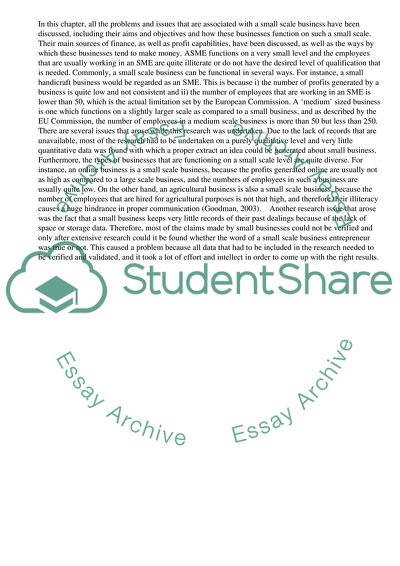Cite this document
(“Small and Medium Enterprises in the USA Case Study”, n.d.)
Small and Medium Enterprises in the USA Case Study. Retrieved from https://studentshare.org/business/1508375-small-and-medium-sized-enterprises-college-essay
Small and Medium Enterprises in the USA Case Study. Retrieved from https://studentshare.org/business/1508375-small-and-medium-sized-enterprises-college-essay
(Small and Medium Enterprises in the USA Case Study)
Small and Medium Enterprises in the USA Case Study. https://studentshare.org/business/1508375-small-and-medium-sized-enterprises-college-essay.
Small and Medium Enterprises in the USA Case Study. https://studentshare.org/business/1508375-small-and-medium-sized-enterprises-college-essay.
“Small and Medium Enterprises in the USA Case Study”, n.d. https://studentshare.org/business/1508375-small-and-medium-sized-enterprises-college-essay.


